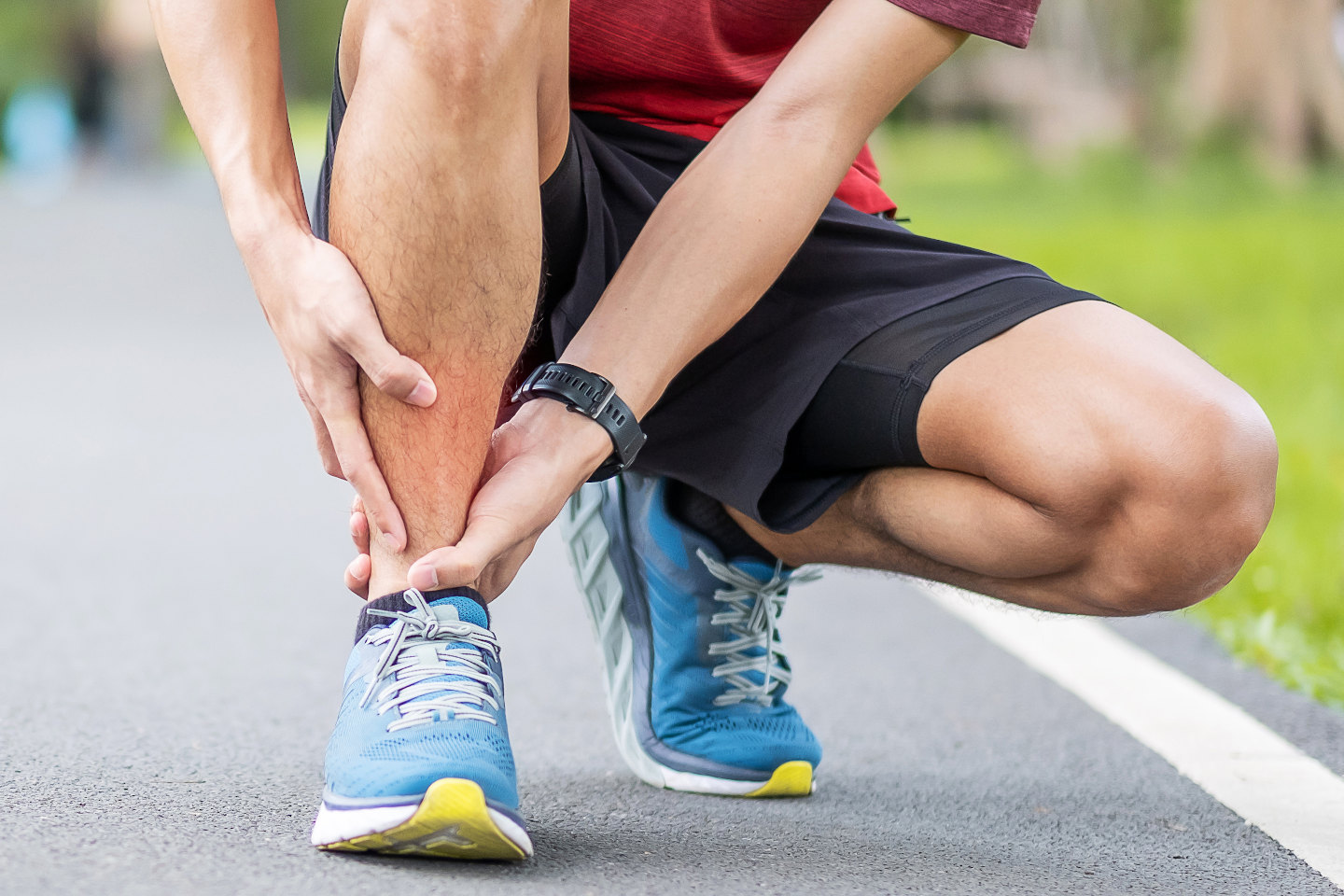Splints determine initial
Shin splints can be a common problem among individuals who engage in regular physical activity, especially runners. These painful sensations in the lower leg can significantly impact your fitness routine and daily activities. However, there are effective ways to manage and treat shin splints. In this article, we will share some excellent recovering stretches that can alleviate the pain and promote healing.
Stretching for Shin Splints

One of the most effective ways to relieve shin splint pain is through stretching. Stretching exercises can help to alleviate tightness in the muscles surrounding the shin, reducing strain and inflammation. Here are a few great stretches that you can consider:
1. Toe Curls: Sit on the edge of a chair or bench and place a towel on the floor. With your heel on the ground, scrunch up the towel using only your toes. This exercise helps to strengthen the foot muscles and improve flexibility in the calf area.
2. Calf Stretches: Stand facing a wall and place your hands on it at shoulder height. Step back with one foot while keeping it flat on the ground. Gradually lean forward, keeping your back leg straight. You should feel a stretch in your calf. Hold the position for 30 seconds and repeat on the other side.

3. Resistance Band Exercise: Sit on the floor with your legs stretched out in front of you. Loop a resistance band around your feet and hold the ends in your hands. Flex your toes backward towards your knees, feeling the resistance from the band. Hold for a few seconds and release. Repeat this exercise for a few minutes to improve shin muscle strength.
Relief and Recovery
Aside from stretching exercises, there are other measures you can take to speed up your recovery from shin splints:
1. Rest and Ice: Give yourself time to rest and recover. Apply ice packs to your shins for 15-20 minutes every few hours to reduce inflammation and pain.
2. Compression: Wearing compression socks or wraps can help improve blood circulation and reduce swelling.
3. Elevation: When resting, elevate your legs to decrease swelling and improve blood flow.
4. Low-Impact Exercises: While recovering from shin splints, opt for low-impact activities such as swimming or cycling, which put less strain on your legs and allow for proper healing.
5. Gradual Return to Activity: Once you feel better, gradually reintroduce exercise into your routine. Start with light activities and increase the intensity and duration as your shin splints improve.
Remember, patience is key when recovering from shin splints. By following these stretching exercises and taking the necessary steps to promote healing, you'll be back on track with your fitness goals in no time!